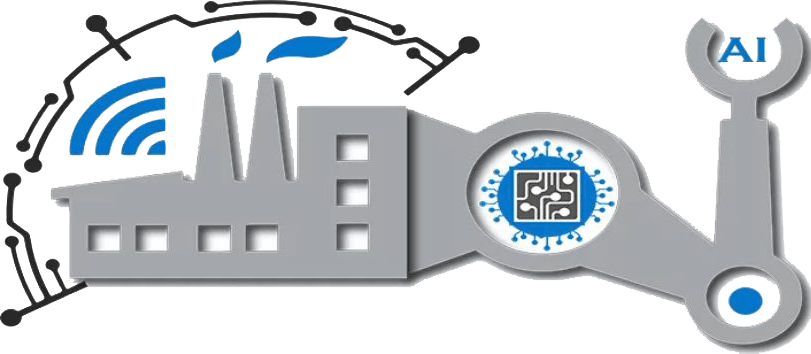A Vision for the Future of Financial Assurance
Abstract:
As the financial landscape undergoes continuous transformation, the theoretical concept of Auditing and Accounting 5.0 emerges, projecting a future where advanced technologies, data analytics, and adaptive methodologies redefine the nature and scope of financial assurance practices. This paper delves into the potential key components, applications, challenges, and the transformative impact envisioned in Auditing and Accounting 5.0.
1. Introduction:
Auditing and Accounting 5.0 envisions a paradigm shift in financial assurance, aligning with the broader technological and economic transformations. This theoretical framework combines traditional auditing principles with cutting-edge technologies to enhance accuracy, efficiency, and transparency in financial reporting.
2. Key Components of Auditing and Accounting 5.0:
a. Blockchain Integration: Auditing and Accounting 5.0 incorporates blockchain technology to establish transparent and immutable financial records. Smart contracts and distributed ledger technologies contribute to real-time verification and authentication of financial transactions.
b. Artificial Intelligence (AI) and Machine Learning (ML): The integration of AI and ML algorithms in Auditing 5.0 enhances data analysis capabilities. Predictive analytics and anomaly detection algorithms contribute to more effective risk assessment, fraud detection, and decision-making in financial auditing.
c. Real-time Data Assurance: Traditional periodic audits give way to real-time data assurance in Auditing and Accounting 5.0. Continuous monitoring of financial data streams allows for proactive identification of discrepancies, reducing the risk of fraudulent activities.
3. Applications in Auditing and Accounting 5.0:
a. Automated Risk Assessment: AI-driven risk assessment models analyze vast datasets in real-time, identifying potential risks and anomalies. This enables auditors to focus on high-risk areas and allocate resources more efficiently.
b. Fraud Detection and Prevention: Advanced algorithms continuously monitor financial transactions, patterns, and user behavior, facilitating early detection of fraudulent activities. Machine learning models evolve to adapt to new and emerging forms of financial fraud.
c. Smart Contracts for Financial Compliance: Auditing and Accounting 5.0 leverages smart contracts on blockchain platforms to automate and enforce financial compliance. Smart contracts execute predefined rules, ensuring that financial transactions adhere to regulatory and organizational standards.
4. Challenges and Considerations:
a. Data Privacy and Security: The increased reliance on real-time data and blockchain technology raises concerns about data privacy and security. Auditing and Accounting 5.0 necessitates robust cybersecurity measures and compliance with data protection regulations.
b. Skill Development for Auditors: The adoption of advanced technologies requires auditors to acquire new skills in data analytics, blockchain, and AI. Training programs and educational initiatives are crucial to bridge the skill gap in Auditing and Accounting 5.0.
5. Future Implications:
Auditing and Accounting 5.0 envisions a future where financial assurance is not only more accurate and efficient but also adaptive to the dynamic nature of modern business transactions. The implications extend to increased trust in financial reporting, reduced fraud, and enhanced financial decision-making.
6. Trust and Transparency in Financial Reporting:
a. Enhanced Stakeholder Confidence: Real-time assurance and advanced fraud detection contribute to enhanced stakeholder confidence. Investors, regulators, and the public can have greater trust in the accuracy and integrity of financial information.
b. Streamlined Regulatory Compliance: Smart contracts and blockchain technology streamline regulatory compliance, reducing the administrative burden on businesses. Automated compliance ensures adherence to financial regulations in Auditing and Accounting 5.0.
Conclusion:
As Auditing and Accounting 5.0 takes shape in the theoretical realm, the integration of blockchain, AI, and real-time assurance promises to revolutionize financial auditing practices. This vision for the future anticipates a financial landscape where accuracy, transparency, and adaptability converge to redefine the essence of financial assurance in the digital age.
